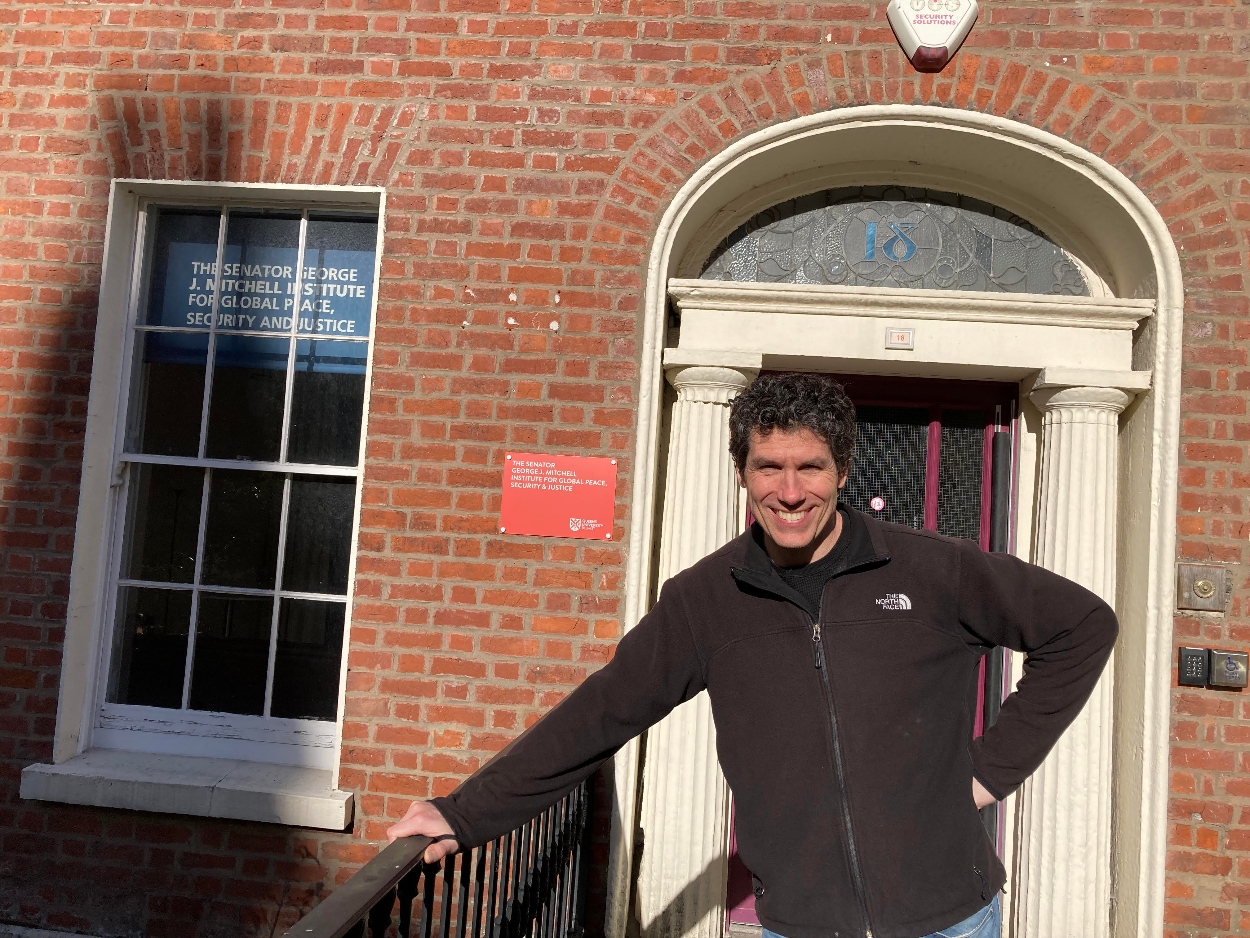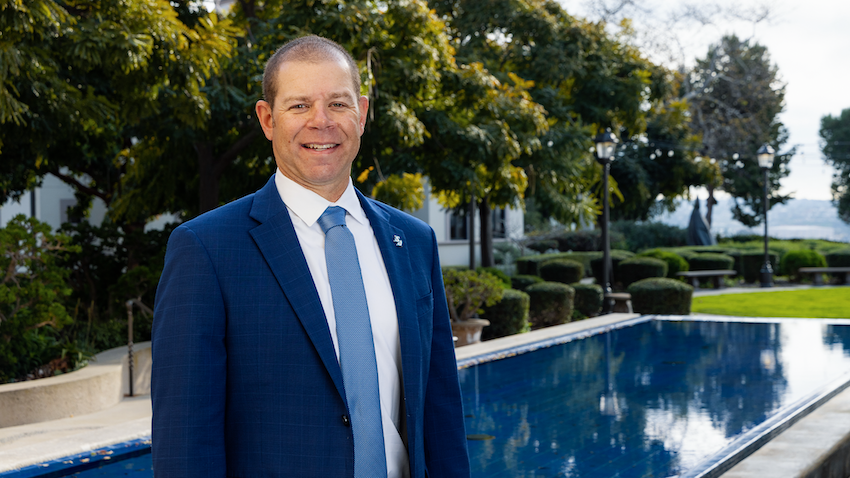USD Researcher Celebrates Breakthrough in Autism
There is exciting news in Autism research reported today in the Journal of Frontiers in Neuroscience. Dr. Elizabeth Torres and her colleagues at Rutgers University and Indiana University have announced the development of what they suggest may be the first non-invasive objective physical measure able to accurately identify people diagnosed with Autism Spectrum Disorders (ASD).
Dr. Anne M. Donnellan of the University of San Diego has particularly good reason to applaud the new research. A long time researcher, advocate and teacher, she founded one of the first programs in the English-speaking world for autistic children here in San Diego in 1970. For over 20 years, Dr. Donnellan and her students and colleagues have been writing books and articles emphasizing the importance of studying movement differences in order to understand and support autistic people. Today the Special Research Topic in Frontiers on “Autism: The Movement Perspective” strongly supports this view with over 30 scientific research articles from top research institutions world-wide. Dr. Donnellan co-edited the Frontier's issue and edited the three papers of Dr. Torres and colleagues from Rutgers and Indiana that document and measure those movement differences. She and her colleagues and students have two research papers in the issue as well (Donnellan, Hill & Leary; Robledo, Donnellan & Strandt-Conroy). The collective works of all these researchers are expected to transform autism by shifting the focus of research and treatments to the individual on the spectrum in ways that are more objective as well as more personalized.
The diagnosis of Autism has, since its initial description by Leo Kanner in 1943, been more art than science; relying on the observational skill and experience of the diagnostician in the absence of any truly objective data. Dr. Torres’ work and collaborators identified every person with ASD. Her papers show that the methods can be used not only in the diagnostic setting but also to help design personalized treatment plans and to provide continuous ongoing assessment of effectiveness. Today, hundreds of thousands worldwide are said to have Autism or an “Autism Spectrum Disorder.”
Using techniques familiar to sports researchers and coaches, Torres continuously measured in real time a multitude of movement components as subjects touched a shape on a computer screen in tasks requiring several levels of decision-making. Data from 78 people from 3 to 25 years old (36 with an ASD diagnosis and 42 without) were very exciting.
"Without fail," Torres said, "the measurement and analytic techniques we developed, accurately identified people with Autism Spectrum Disorders based on differences in small movements made without awareness as part of the larger response."
These "micro-movements," which occur in all subjects, and which Dr. Torres thinks represents a link to important feedback pathways, do not, in people with ASD, "spontaneously gain the predictability that [both]...emerges from and further allows for active, autonomous exploration." This failure to gain predictability, said Torres, "is a unifying characteristic across the autism spectrum irrespective of the enormous variability in overall clinical presentation. And can easily be understood to contribute to a common behavioral rigidity and the social and communication challenges often seen in people with ASD."
While there is much additional work to be done refining the methodology, and establishing its efficacy with more subjects and as a predictive tool, the need to move diagnostic techniques away from art and firmly into the camp of science is pressing. This work takes the field forward by a very large step.
"This new work by Torres and her colleagues,” said Donnellan, “is the most exciting in my years working with children and adults with autism. Now we have the possibility of real understanding of the challenges these individuals experience, of measuring the experience we call 'autism' and, most important, the effect of interventions in real time. Reading this research has added to my profound admiration for autistic individuals and their extraordinary efforts to overcome challenges that are largely unrecognized and almost universally misunderstood. Now that all can change for the better."
The articles are available in Frontiers in Integrated Neuroscience, free online as of Wednesday, June 24, 2013.
About the University of San Diego
Strengthened by the Catholic intellectual tradition, we confront humanity’s challenges by fostering peace, working for justice and leading with love. With more than 8,000 students from 75 countries and 44 states, USD is the youngest independent institution on the U.S. News & World Report list of top 100 universities in the United States. USD’s eight academic divisions include the College of Arts and Sciences, the Knauss School of Business, the Shiley-Marcos School of Engineering, the School of Law, the School of Leadership and Education Sciences, the Hahn School of Nursing and Health Science, the Joan B. Kroc School of Peace Studies, and the Division of Professional and Continuing Education. In 2021, USD was named a “Laudato Si’ University” by the Vatican with a seven-year commitment to address humanity’s urgent challenges by working together to take care of our common home.



